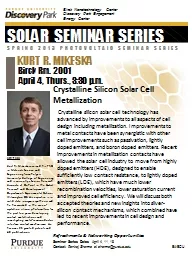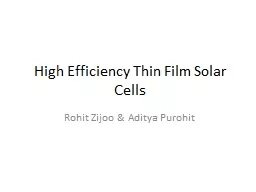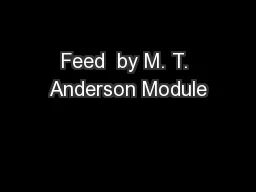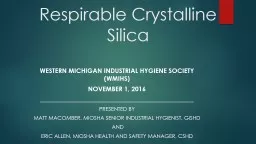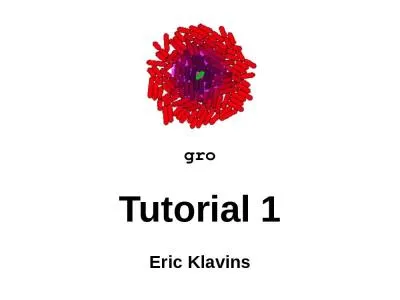PPT-Effect of crystalline silicon dioxide in piglet feed on gro
Author : yoshiko-marsland | Published Date : 2017-05-29
Yan Martel Kennes a Janie Lévesque a and Caroline Decaux b a Centre de recherche en sciences animales de Deschambault Deschambault Quebec Canada b Ceresco
Presentation Embed Code
Download Presentation
Download Presentation The PPT/PDF document "Effect of crystalline silicon dioxide in..." is the property of its rightful owner. Permission is granted to download and print the materials on this website for personal, non-commercial use only, and to display it on your personal computer provided you do not modify the materials and that you retain all copyright notices contained in the materials. By downloading content from our website, you accept the terms of this agreement.
Effect of crystalline silicon dioxide in piglet feed on gro: Transcript
Download Rules Of Document
"Effect of crystalline silicon dioxide in piglet feed on gro"The content belongs to its owner. You may download and print it for personal use, without modification, and keep all copyright notices. By downloading, you agree to these terms.
Related Documents

